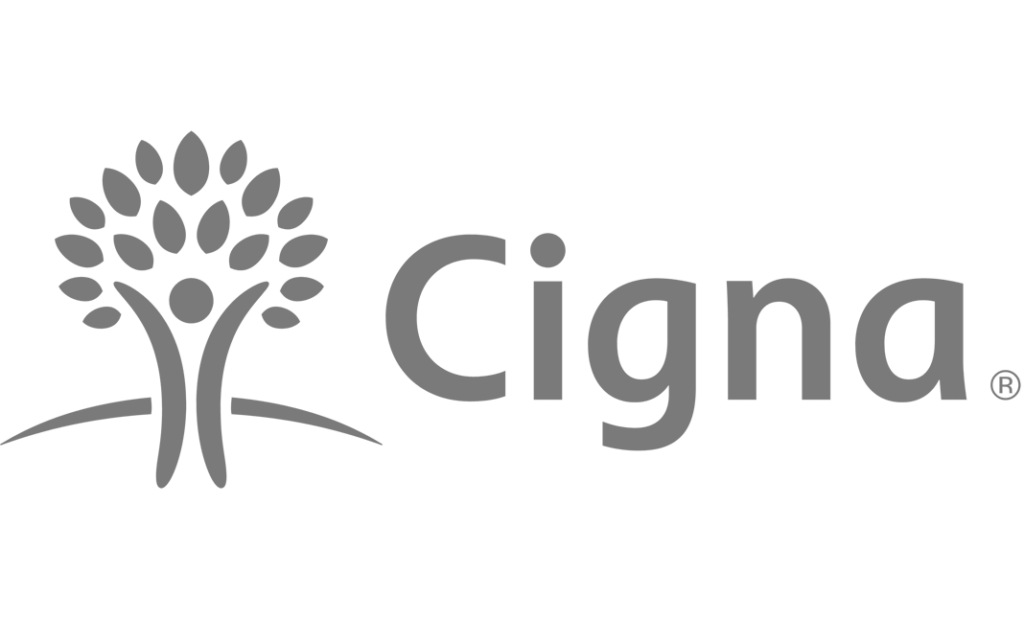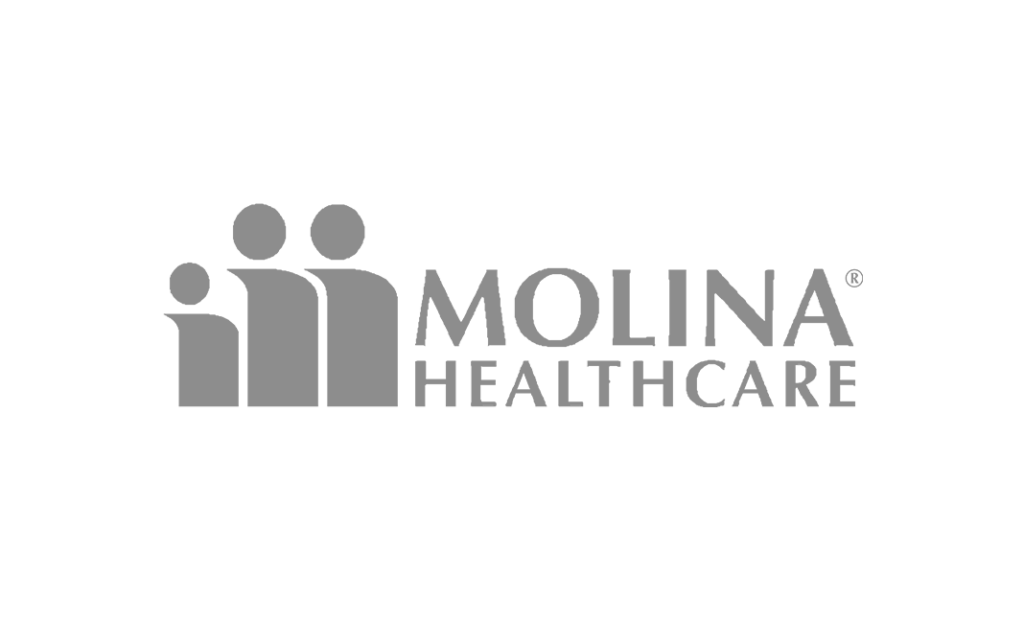LGBTQ+ is an acronym that stands for individuals who identify as lesbian, gay, bisexual, transgender, or queer/ questioning their sexuality—the plus symbol signifies that there are many other labels within the LGBTQ+ community but may not appear in the acronym, such as asexual, pansexual, gender non-binary, or genderfluid. Drug and alcohol abuse continues to pose a significant threat to this population, with those who identify as LGBT twice as likely to have used drugs in the past year [1]. Around 8 percent of the general population is affected by substance abuse, but in the LGBTQ+ population, the rate is 20-30 percent. For adolescents, LGBTQ+ youth are 90 percent more likely to use substances than their heterosexual classmates.
Multiple factors are believed to be the root of the increased addiction rates—chronically high-stress levels ( a term called minority stress), social prejudices and discrimination, possible lack of acceptance from family and friends, and prior traumatic experiences all contribute to increased risk for substance abuse. Historically (as well as present-day for many in the LGBTQ+ community), gay bars or clubs are the only space that feels safe to be “out” and present themselves as they truly feel, leading to increased exposure to alcohol and a higher risk of abuse.
Daily exposure to hostility in various forms contributes to chronic stress. Bullying, teasing, harassment, and physical assault from external sources contribute to the drive to use substances, as well as internalized messages fueling self-hate. The use of drugs and alcohol become necessary to feel comfortable in their own skin and quiet the internal and external shame, leading to a dependence that requires specialized, informed professional help.
Barriers to treatment
Formal studies on substance abuse in the LGBTQ+ population are rare, and statistical data is limited, though recently federally funded studies have been approved. With little data to understand trends and needs, evidence-based practices that fully consider the unique struggles of LGBTQ+ identifying individuals are less common. Co-occurring disorders are also more prevalent in this population, as well as traumatic experiences and being victims of sexual violence, so a trauma-informed approach to treatment and a holistic view of the client is necessary to treat the substance use as well as trauma and other concerns. Preconceived judgments and discrimination throughout their lives often cause clients to feel fearful and reluctant to seek treatment. Though many laws in recent years have made steps toward equal rights, many LGBTQ+ individuals state that they fear disclosure to their insurance providers and possible loss of coverage or possible job loss as factors in seeking help.
Safe, Successful Treatment
Utilizing a trauma-informed model of treatment is appropriate and encouraged for LGBTQ+ clients, however, it is vital to remain aware and open to the specific needs of this population throughout the process. Creating an environment that feels safe to be fully honest about oneself and free from discrimination or feeling ostracized is key in treatment for anyone, but especially important in the LGBTQ+ community where few truly safe spaces may exist. Ensuring that staff is trained and knowledgeable of LBGTQ+ issues, that clients have a secure, open-minded way to express themselves if concerns arise, and being sure to promote safety with policies explaining non-discrimination among clients and staff are all essential steps in effective treatment. Staff comfort in discussing and knowledge of specific issues to the LGBTQ+ population is important as well, and use of correct terminology when discussing gender identity issues and sexual orientation.
Being familiar with the concepts of gender identity and expression as part of the healing process is important in holistic treatment, as well as the ability to assist the client in working through emotions around concerns specific to the LGBTQ+ community, such as rejection from family or friends about their identity and coming out, coping with social and professional stigmas, medical concerns, and self- acceptance and finding a supportive community after treatment. An individualized approach to every client as a unique entity provides the framework for success in treatment, in addition to remaining sensitive to various populations’ needs and concerns. Every client’s comfort and safety is essential in a trauma-informed, client-centered facility and for establishing a solid foundation in recovery.
[1] National Institute on Drug Abuse (NIDA), https://www.drugabuse.gov/related-topics/substance-use-suds-in-lgbtq-populations





















